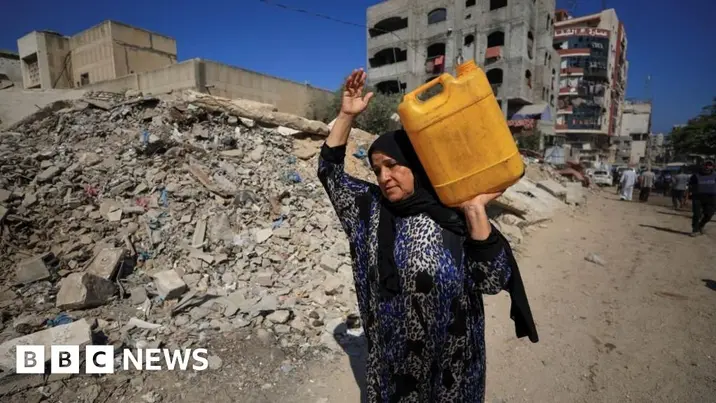T4K3.news
Israeli relocation plan in Gaza
Israel announces a move of Palestinians to southern Gaza ahead of renewed fighting, with tents and shelters to be coordinated through cross-border aid channels.
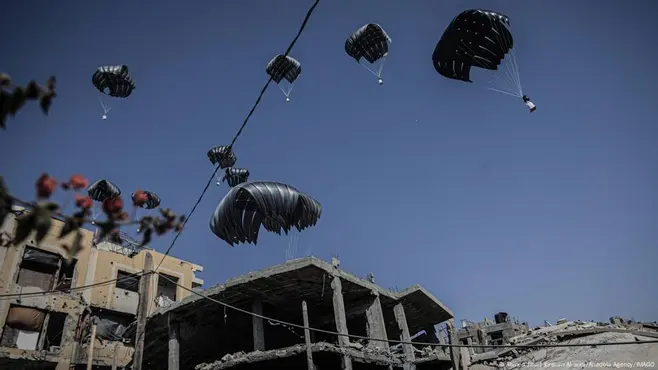
Israel announces a plan to move Palestinians to the southern Gaza Strip ahead of a renewed offensive, with tents and shelter aid to be coordinated through cross-border channels.
Israel Relocates Palestinians to Southern Gaza
Israel's military announced on Saturday a plan to move Palestinians to the southern Gaza Strip ahead of a renewed offensive. COGAT, the body that manages civilian affairs in the Palestinian territories, said tents would be supplied and shelter equipment would be moved into Gaza through the Kerem Shalom crossing by the United Nations and international aid groups after inspection by the Israeli Defense Ministry.
The army did not specify when the relocation would begin. Prime Minister Benjamin Netanyahu described Gaza City as Hamas's final stronghold and said Palestinians would be moved into what he called safe zones. Israeli forces have stepped up operations on the outskirts of Gaza City, including in Zeitoun and Shejaiya. Hostage families urged Israelis to protest and push for an end to the war and the release of all remaining hostages. On the humanitarian front, Gaza's Hamas-run Health Ministry says the toll among Palestinians has risen to more than 61,000, while Israel says about 251 people were taken hostage on October 7, 2023; authorities say 20 of the remaining 50 hostages are alive. About 1,200 people were killed in the October 7 attacks.
Key Takeaways
"Civilians deserve protection not relocation as policy"
Civil society member commenting on civilian safety amid new relocation plans
"Displacement in war carries lasting consequences for families"
Parent or elder reflecting on daily life under flux
"Aid must reach people without delay"
Aid groups stressing delivery challenges amid crossings
The plan to move civilians within Gaza marks a shift from military aims to managing population movements in a crowded urban space. It raises questions about civilian protection under international law and how safe zones would function in practice. The lack of a clear start date adds to uncertainty for aid groups and families already living under stress. The emphasis on tents and shelters again ties relief to logistical routes that can falter under pressure or conflict overhaul.
This development comes as the civilian toll mounts and political pressure grows. How allies and international bodies respond could influence the next steps on both the battlefield and the diplomatic front. The move risks becoming a flashpoint for public reaction and political discourse at a moment when humanitarian agencies are trying to operate with predictable access.
Highlights
- Civilians deserve protection not relocation as policy
- Displacement in war carries lasting consequences for families
- Aid must reach people without delay
- The world watches how safe zones are defined in practice
Humanitarian risk and political backlash
The plan to move civilians within Gaza and to declare safe zones raises concerns about civilian protection, the legal framework governing displacement, and potential international criticism amid ongoing hostilities.
The coming days will reveal whether humanitarian protections or political aims take precedence on the ground.
Enjoyed this? Let your friends know!
Related News

Israeli plan to relocate Gaza residents advances
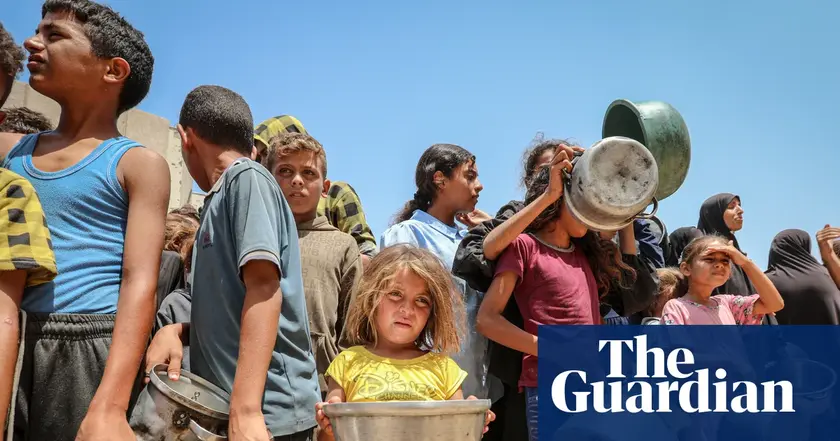
Displacement plan for Gaza City residents announced

German maker weighs moving production to US amid Israel arms embargo
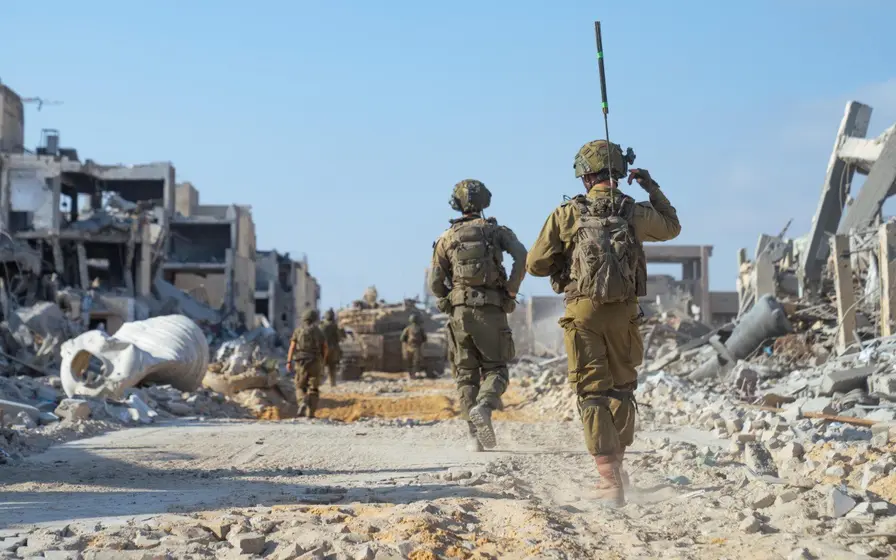
Israel faces NIS 100 billion price tag for Gaza City plan

Israel moves Palestinians to southern Gaza
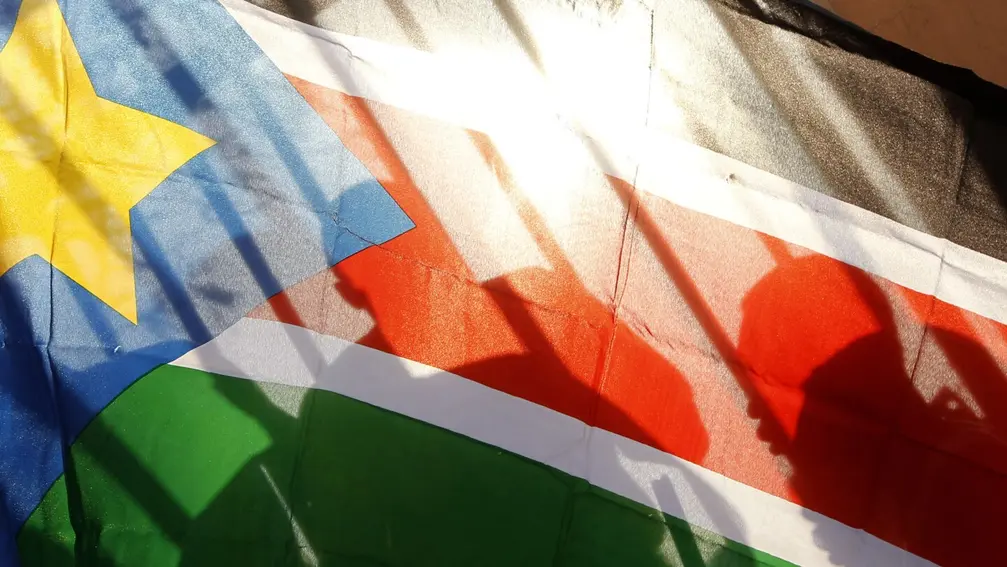
Israel weighs Gaza relocation to South Sudan
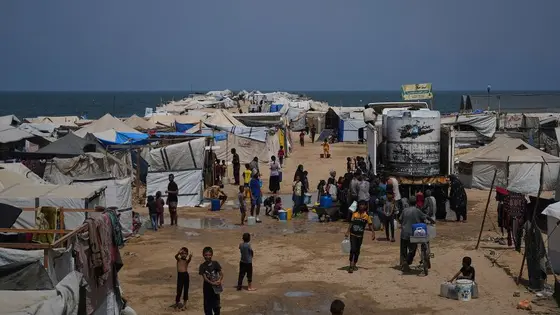
Israel weighs resettlement bids for displaced Palestinians
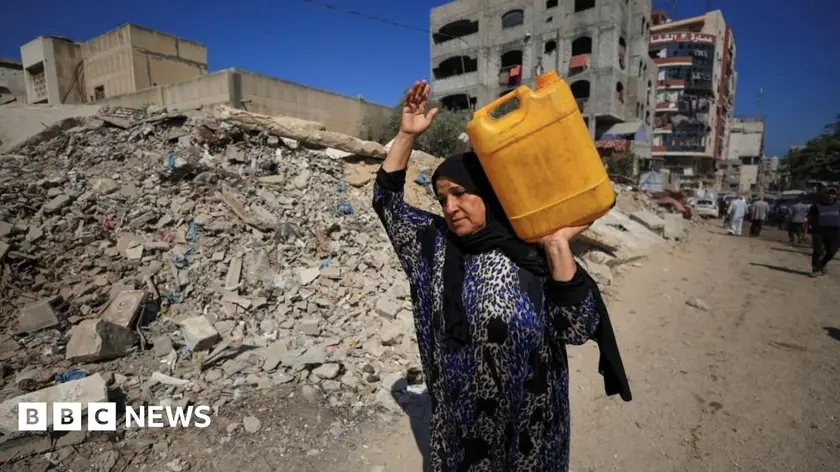
Israeli cabinet to discuss full occupation plan for Gaza
